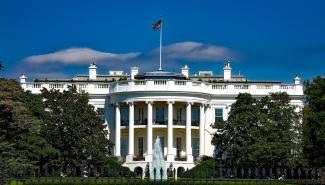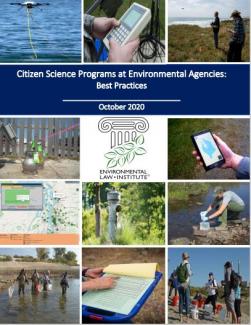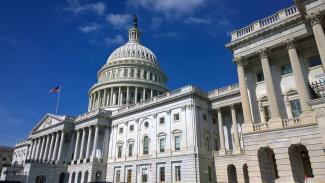Citizen Submissions: A Vital Tool to Enhance Environmental Accountability in Trade Agreements?

Despite the existing tension between trade pacts and global environmental rule of law, environmental side agreements (ESAs) of bilateral and multilateral trade pacts have created a unique mechanism for environmental enforcement: citizen submissions. These submissions provide a mechanism for ordinary citizens to formally and publicly bring attention to potential environmental harms in their communities, including the non-enforcement of environmental laws.








